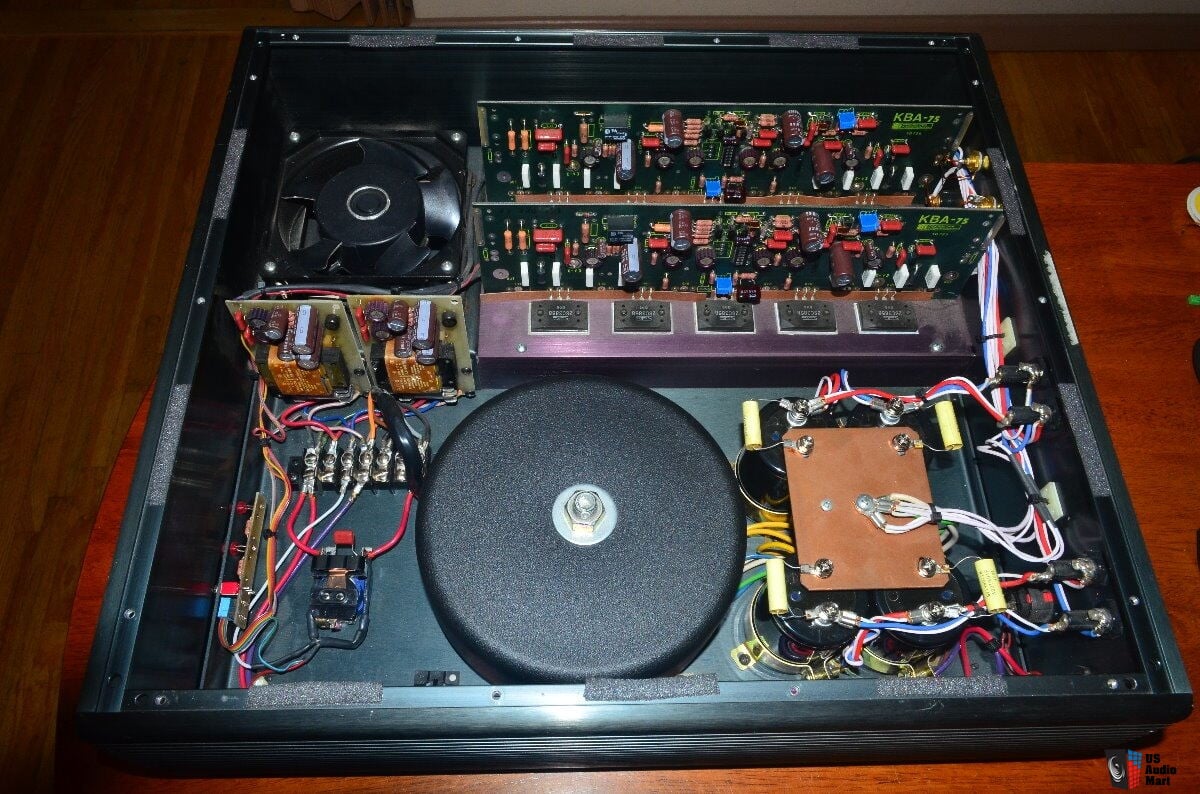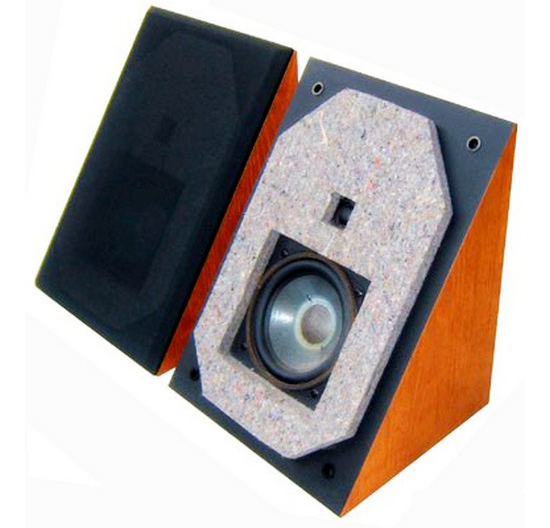I've used dozens of big and small class A amps and never noticed a difference except for 1 amp. A Kinergetics Research KBA75. It's 75w/ch @ 8 Ohms, 150 into 4 and 300 into 2. It uses feedback so there's no snake oil there. It comes in rack mount black or non-rack mount platinum. The internal layout of the two is different but they are the same amp. It has a 1KVA torroidal, 40,000 micro Farad power supply reserve and very beefy output transistors. It uses a silent fan for temp regulation. I attribute the great sound to it being near linear and a great design. I've owned both the rack mount and the platinum versions and reallly enjoyed them.
http://www.watchobs.com/Share/KBA 75.pdf
Platinum version>


Rack mount version>

Wow . Makes be nostalgic for the Kinergetics-Spica setup I rode 35 years ago.
Last edited:


